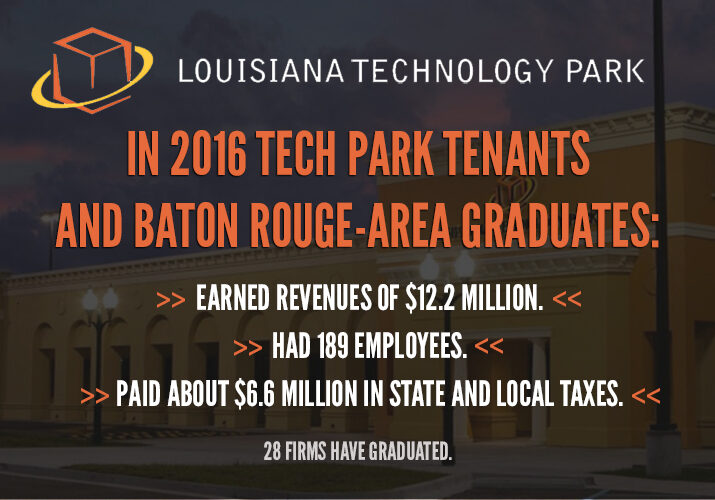SBIR is a great program for the right businesses. But don’t let misinformation stop you from applying, but also don’t fill out an applicationS unless you know you’re a good fit. These are costly mistakes.
At the April 2016 SBIR/STTR Road Tour in New Orleans, LA, we talked to numerous SBIR/STTR recipients, administrators, and experts, who convened to promote the program. Here’s what they said are the most common misconceptions about the program:
Misconception #1: SBIR/STTR is a Research Program
Many people leap into SBIR with purely scientific objectives, and waste their time on a doomed application.
“The aim of SBIR/STTR is not research for the sake of research,” says Vic Johnson, Manager of LTTO-NASA Stennis Space Center Office, and Tech Transfer Specialist at LSU. “The goal is to bring an innovative product or service to market. We get a lot of questions about that last part.”
So don’t evaluate your project only from a scientific perspective, but from a market perspective. In this context, learning is worthless without opportunity.
Misconception #2: SBIR/STTR is Just a Governmental, Red-Tape Riddled Mess
It’s inaccurate to say SBIR is an entirely governmental program.
“SBIR is quasi-governmental,” says John Williams, Director of Innovation and Technology for the Office of Investment and Innovation within the US Small Business Administration. “It’s a public-private partnership. And there are many advantages to going the SBIR Route over angel, VC, or other types of funding.”
John explained that, for one, SBIR can fund businesses in stages that angels won’t touch. For another, the chances of winning SBIR funds are comparatively high — more than most people think.
In fact, according to the National Institute of Health, SBIR awards provided over $2.3 billion in research and seed funding in 2007 to the nation’s innovative small businesses. In comparison, private venture markets provided $1.2 billion in seed stage funding that same year.
Misconception #3: SBIR is a Grant Program
Some of the 11 SBIR agencies are grant programs; most others are contract programs.
The main difference?
• In grant programs, you pitch your own idea. If it’s good, it’ll get funded.
• In contract programs, you solve a particular problem in the way that the government wants it solved. (“Focus on what we asked for, not what you think we need,” Susan Nichols, DARPA SBIR Program Manager, is quoted as saying.)
Before submitting, know well which you are applying for, and change your approach accordingly.
Misconception #4: Invent First, Market Later
It’s probably not worth applying to SBIR unless you’ve talked to 30+ potential buyers. You won’t make it into Phase 1.
There’s some history to this. When the SBIR program was young, most recipients were failing in Phase 3—after the research had been completed, the product designed, the money spent. And no one bought the innovation.
Quickly, the SBIR program managers wised up, and now applicants must prove on the very front-end that they can grow a business.
Misconception #5: There’s No Way Most Agencies Will Be Interested in Your Innovation
Did you know that the US Department of Agriculture is interested in radio wave technology? Or that the Navy is funding science about fish?
Don’t assume that your innovation will only apply to tech-y agencies; they have diverse and often surprising interests. With some creativity, chances are that you can frame up your technology as solutions to multiple government problems across agencies.
SBIR is a reliable and underutilized funding resource for many businesses. Before deciding whether SBIR is right for you, be sure to separate the myths from the realities.
Want to learn more about funding opportunities for your business? Sign up for our newsletter using the form on this page.




